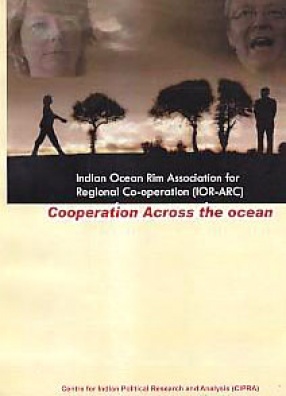At the Census of India, in 1881, an attempt was made to obtain the materials for a complete list of all castes and tribes as returned by the people themselves and entered by the Census Enumerators in their schedules. Instructions were sent to each province and native state directing that the number of each caste recorded, and the composition of each caste by sex should be shown in the final report. In this manner it was designed to lay "a foundation for further research into the little known subject of caste," a subject in inquiring into which investigators have been gravelled, not for lack of matter but from its abundance and complexity, and the lack of all rational arrangement. The subject as a whole has indeed been a mighty maze without a plan. An inquirer into the social habits and customs of a caste in one district has always been liable to the subsequent discovery that the people whom he had met were but offshoots or wanderers from a larger tribe whose home was in another province. The distinctive habits and customs of a people are of course always freshest and most marked where the mass of that people dwell : and when a detachment wanders away or splits off from the parent tribe & settles elsewhere, it suffers, notwithstanding its caste –conservancy, a certain change through the moulding influence of superior numbers around. Hence the desideratum of a bird’s-eye view of the entire system of castes and tribes found in India: and this, as far as their strength and distribution go, is what I have tried to supply in this compendium. The first three lists are the most important part of this compendium, the fourth list being simply the first list rearranged in order of numerical strength, while the fifth list gives a rearrangement of the same castes according to hereditary or usual occupation, and the last gives additional details as to the habitat of the larger castes or tribes. List. I. contains the names of all castes or tribes numbering one thousand and upwards, and it gives also the names of such smaller bodies as are found in more than one province. List. II. gives the rest of the small castes. In this list will be found several names, those of the Abors in Assam and the Todars on the Nilgiris for example, which are ethnologically important : but probably the majority of the names are those of small subdivisions which further inquiry might succeed in referring to their main stock. Names which were wrongly entered by the Census Enumerators, or of which the compiling clerks in the Census offices afterwards made havoc, also find a place here. The list of small castes and tribes is therefore certainly more formidable in appearance than in reality. Taking lists I. and II . as they stand however, we see that according to the recent census, there are 1,929 different castes or tribes in India : and List IV. Shows that 803 of these number one thousand and upwards, that 472 number ten thousand and upwards, while 206 exceed one hundred thousand in strength. There are forty-seven only which contain more than one million members a piece; twenty-one of these contain two millions and upwards; while the Brahmans, Kunbis and Chamars are the only three castes which number in their ranks more than ten million souls. Nearly fifteen per cent of the inhabitants of India belong to one of these three great castes. These tables will, it is hoped, give a bird’s-eye view of the entire field of Indian ethnological enquiry.
Silent Invaders: Pesticides, Livelihoods and Women’s Health
Silent Invaders deals with ...
$17.10
$19.00





There are no reviews yet.